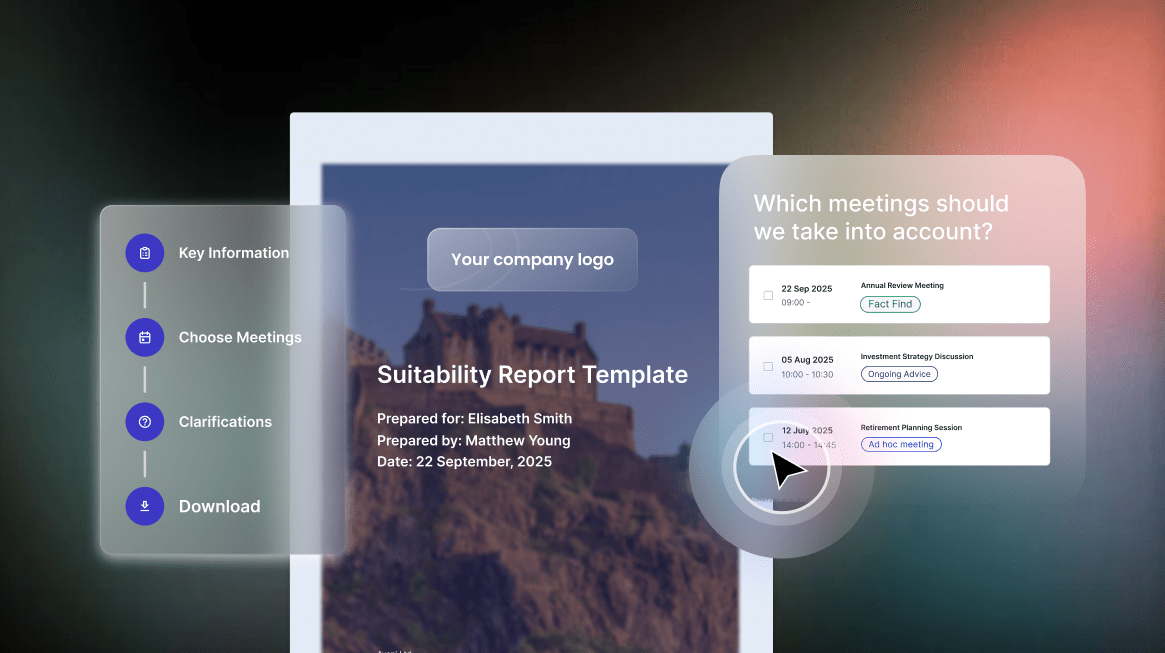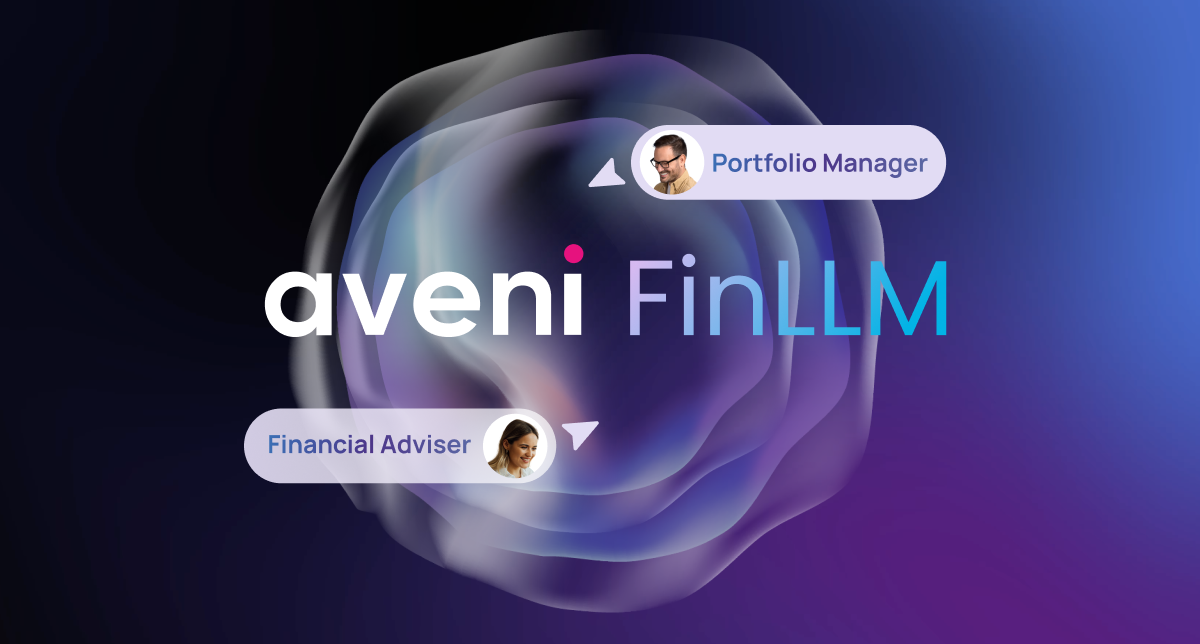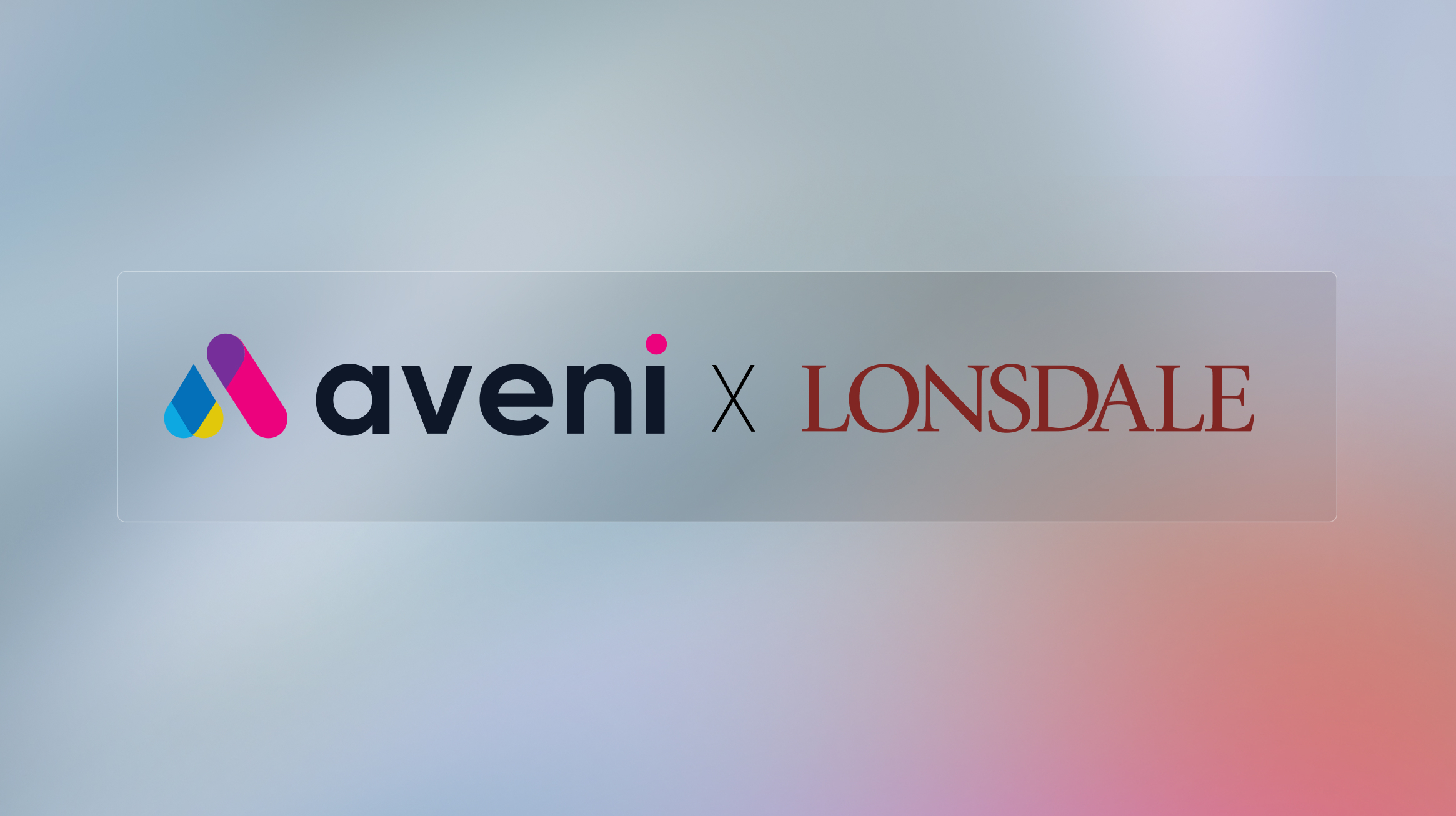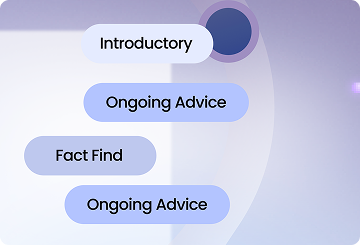It’s no secret that generative AI is coming for financial advice. In fact, it’s already here. And it’s brought with it a whole host of buzzwords, keywords, catchphrases and acronyms that are enough to make any head spin.
So, how do you know what’s relevant? What actually are the key AI terms everyone should know?
We’ve broken it down so you don’t have to! Let’s start with an easy one…

Artificial Intelligence (AI) refers to computer systems and programmes that can perform advanced tasks like speech recognition, image analysis, and language generation. AI is behind many modern technological capabilities.
AI Automation is when multiple AI technologies, such as machine learning, natural language processing, and computer vision, are combined to automate business processes. AI can take over many repetitive, time consuming or data-heavy tasks within the financial services industry.
AI Hallucinations occur when a LLM (see Large Language Model below) produces an incorrect or misleading response that contains false information. This can happen when an LLM perceives nonexistent patterns or objects. AI models that hallucinate may need stronger defined boundaries or filtering tools to limit possible outcomes. Keep this AI term definition in mind, as it is important to know that AI systems do not always produce true, accurate or factual responses.
Black Box: This is when an AI system’s inner workings are not transparent or explainable to the user. The system makes decisions without explaining how it arrived at them.
Explainable Artificial Intelligence (XAI) This is the opposite of Black Box AI. Explainable AI is designed to transparently disclose its decision-making process in a way that humans can understand.
Generative Artificial Intelligence (Generative AI) is a type of AI that uses generative models to create content like text, images, videos, music. Generative AI does exactly what it suggests- it generates things.
A Large Language Model (LLM) is an AI system, like GPT, that are trained on massive amounts of text data (like, really large amounts) to understand and generate human language. They power natural language capabilities.
Machine Learning: Machine Learning (ML) is a form of AI where algorithms learn patterns from data to make predictions, without being explicitly programmed. It enables computers to learn and improve without human intervention. Machine Learning is an AI term many of us know, but may not fully understand.
Through ML, computer systems can learn patterns from pre-existing data for predictions through supervised learning, or discover and recognise patterns in data through unsupervised learning.
Model Training is the act of training a machine to make accurate decisions or predictions from data. Model Training involves the process of giving an ML algorithm a combination of data (weights and bias) to help models identify good values and output a model with minimal loss functions (how well the algorithm models the data used in training, with the fewest errors possible).
Natural Language Processing (NLP) is a machine learning technology that enables computers to understand, respond to and communicate with human language. NLP is a core technology in allowing machines to comprehend and interact with human language text and speech. For example, ChatGPT and Siri use NLP to comprehend and generate text-responses. This is an AI term everyone may hear often, so it’s crucial to know.
Sentiment Analysis is the process of determining the tone of text with NLP analysis. With sentiment analysis, large volumes of text can be analysed to deduce their affect or emotion- for example, an email can be understood to be excited, frustrated, etc. As AI begins to comprehend human sentimental nuances like emotion, everybody should keep an eye on this relevant AI term.
Traceability is a solution to making AI systems more transparent. Traceability tracks and documents the data, processes, predictions, algorithms used and decisions made by AI systems.
Vertical LLMs are specialised Large Language Models trained in a specific field (e.g. for the Financial Service industry), rather than trained horizontally or more generally for a broad range of topics and applications. If you work in an industry using AI for specialised applications, it is helpful to understand terms like Vertical LLMs to keep up with the latest industry innovations.
What do you think are the AI terms that everyone should know?
Want to go beyond the AI terms everyone should know?
You can watch our AI 101 webinar, where we tackle the most common questions about generative AI’s impact on our industry.
Or dive a little deeper into the applications of Vertical AI in financial services.






